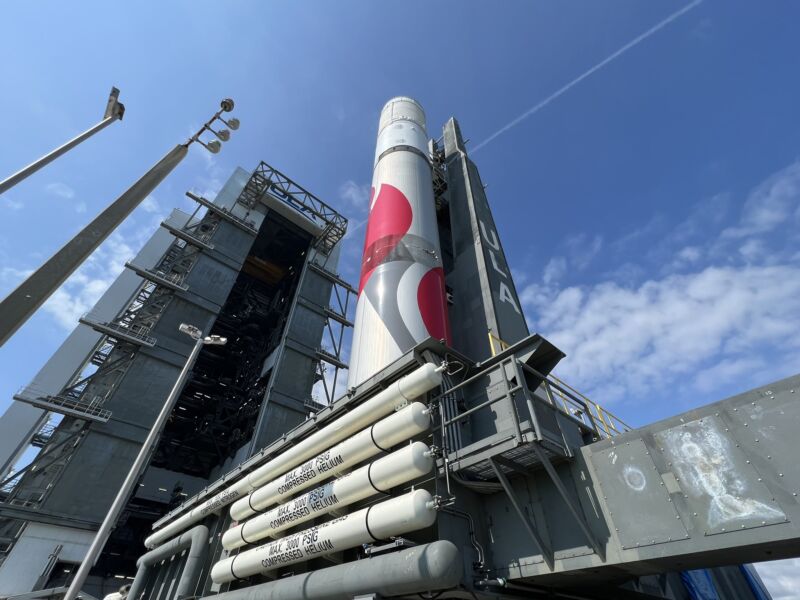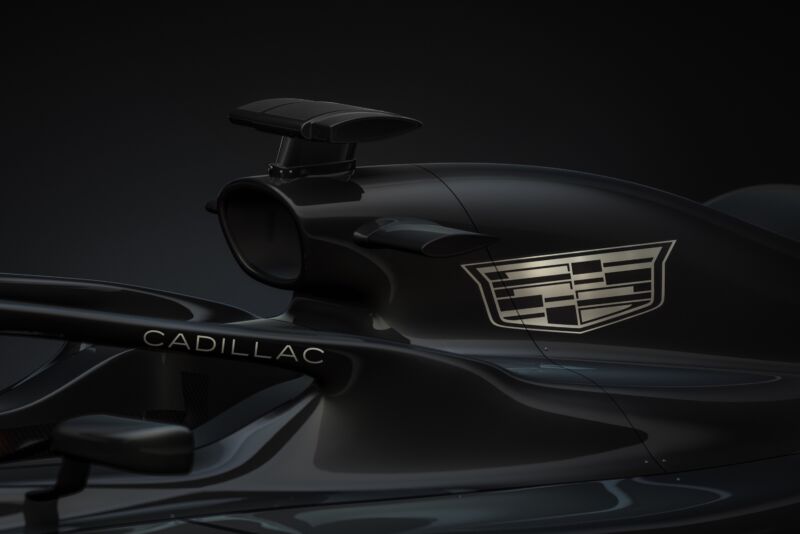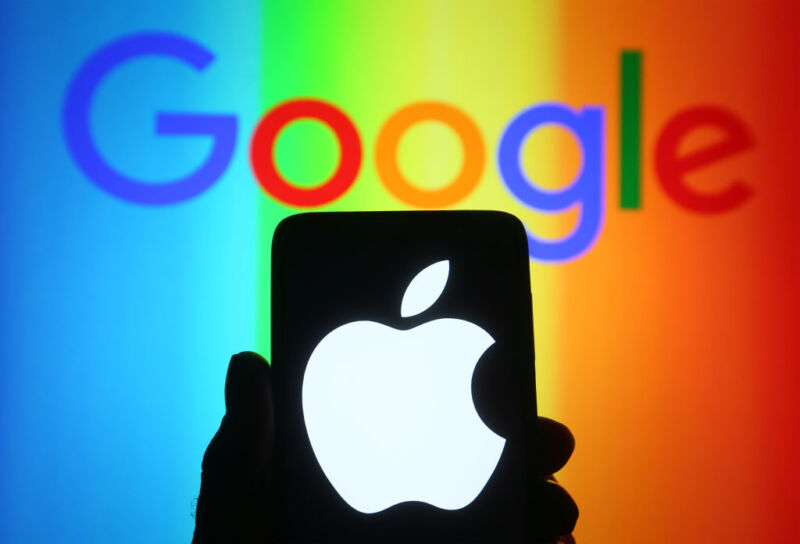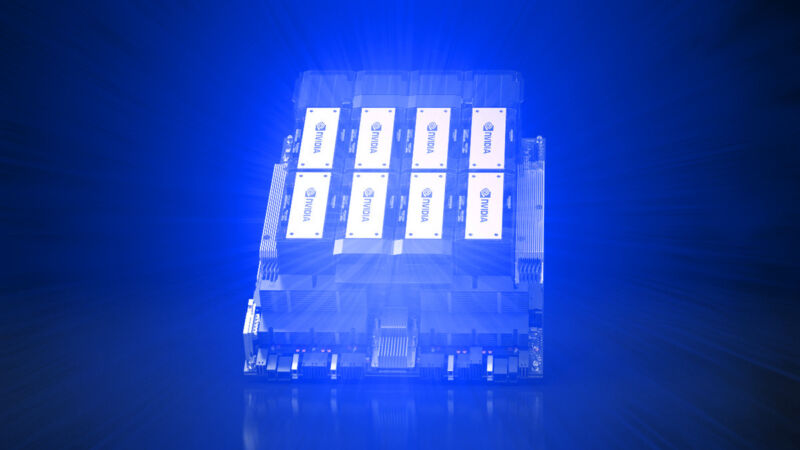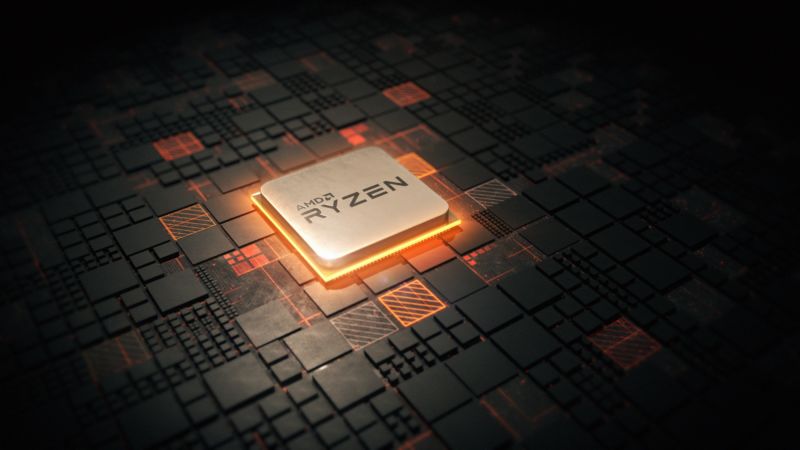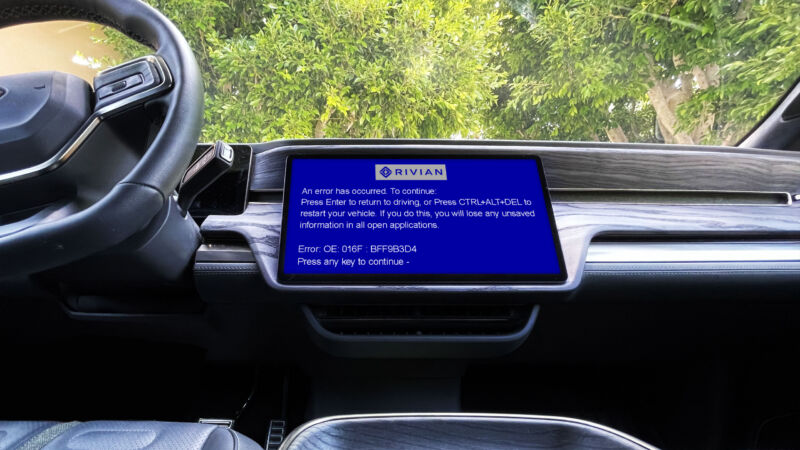
Enlarge / Note: This is not what the actual software update looks like when it fails; in reality, it just causes the screens to go black. (credit: Aurich Lawson | Rivian)
The more innovation-minded people in the auto industry have heralded the advent of the software-defined car. It’s been spun as a big benefit for consumers, too—witness the excitement among Tesla owners when that company adds a new video game or childish noise to see why the rest of the industry joined the hype train. But sometimes there are downsides, as some Rivian owners are finding out this week.
The EV startup, which makes well-regarded pickup trucks and SUVs, as well as delivery vans for Amazon, pushed out a new over-the-air software update on Monday. But all is not well with 2023.42; the update stalls before it completes installing, taking out both infotainment and main instrument display screens.
Rivian VP of software engineering Wassym Bensaid explained the problem in a post on Rivian’s subreddit:
Read 2 remaining paragraphs | Comments
Source: Ars Technica – Rivian blames “fat finger” for infotainment-bricking software update



